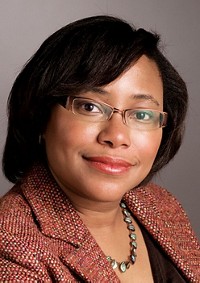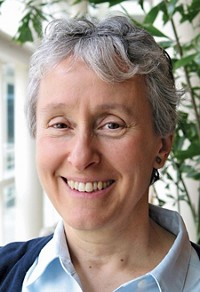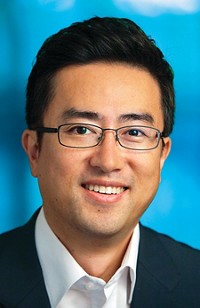Advertisement
Grab your lab coat. Let's get started
Welcome!
Welcome!
Create an account below to get 6 C&EN articles per month, receive newsletters and more - all free.
It seems this is your first time logging in online. Please enter the following information to continue.
As an ACS member you automatically get access to this site. All we need is few more details to create your reading experience.
Not you? Sign in with a different account.
Not you? Sign in with a different account.
ERROR 1
ERROR 1
ERROR 2
ERROR 2
ERROR 2
ERROR 2
ERROR 2
Password and Confirm password must match.
If you have an ACS member number, please enter it here so we can link this account to your membership. (optional)
ERROR 2
ACS values your privacy. By submitting your information, you are gaining access to C&EN and subscribing to our weekly newsletter. We use the information you provide to make your reading experience better, and we will never sell your data to third party members.
Materials
National Fresenius Award
Recipients are honored for contributions of major significance to chemistry
by Celia Henry Arnaud
January 12, 2009
| A version of this story appeared in
Volume 87, Issue 2
Sponsored by Phi Lambda Upsilon, the National Honorary Chemical Society
Teri W. Odom’s career got off to a good start. Her first paper, published while she was a graduate student working with Harvard chemistry professor Charles M. Lieber, has been cited more than 900 times. With the modesty that many people attribute to her, she claims only to have been in the right place at the right time. “A lot of people had done the hard work, and I got to participate in the payoff,” she says.
Not even in the chemistry business for a decade, Odom, 34, has been racking up awards, now including the 2009 Fresenius Award, which recognizes scientists under the age of 35.
Odom received a Ph.D. in chemical physics in 2001. Her graduate research focused on the structure and electronic properties of carbon nanotubes. By the time she graduated, she had already received a job offer from Northwestern University, but she deferred for a year to complete a one-year postdoctoral fellowship with George M. Whitesides, also at Harvard. During her postdoc, she developed a new technology for photolithography based on microlens arrays and led a project for making nanopores, which she used for growing nanocrystals and studying electrochemical mass transport.
When Odom moved to Northwestern in 2002, she migrated into the field of nanophotonics, an area in which she had no formal training. Her work centered on nanoscale patterning and on the optical properties of plasmonic materials. Of particular note is her use of nanohole arrays to show that light transmission is mediated by surface plasmon modes.
“Her work on arrays of nanoholes will lead her into very interesting problems dealing with quantum interactions between surface plasmons,” Whitesides says.
“I had always been interested in optics,” she says. “But it was a risky area for me to start research in because everyone told me ‘you don’t have experience in that.’ I figured I might as well do what I liked since I only got one shot.” The decision paid off for her. She was promoted to associate professor in 2007 after only five years at Northwestern.
“Teri’s discoveries as an independent investigator have been both prolific and spectacular,” says Joseph T. Hupp, chair of Northwestern’s chemistry department. “She has cracked the problem of large-area patterning of nanophotonic structures. This work is key to the practical exploitation of such structures for chemical and biological sensing, energy transmission, and energy conversion.”
John A. Rogers, professor of materials science and engineering at the University of Illinois, Urbana-Champaign, lauds her work as having “high potential to lead not only to new science but also to meaningful technologies.”
Odom particularly enjoys training graduate students. “When you have good students working with you, you move forward into all sorts of interesting areas, because you leverage not only your interests but theirs,” she says.
Odom credits some of her success to supportive colleagues at Northwestern. “It’s nice to have people who support you and create opportunities for you,” she says. For example, she says, Northwestern chemistry professor Mark A. Ratner “has invited me to be part of things that I had no right to be a part of.” At Ratner’s invitation, she served on the Subcommittee on Grand Challenges for Basic Energy Sciences for the Department of Energy’s Basic Energy Science Advisory Committee. “I was the youngest person on the committee,” she says.
She has already received numerous awards, including a number of research fellowships such as the NIH Director’s Pioneer Award, a David & Lucille Packard Fellowship, and an Alfred P. Sloan Research Fellowship. In addition, she was named “one of the world’s top young innovators” in 2004 by Technology Review.
Odom will deliver her award address before the Division of Colloid & Surface Science.






Join the conversation
Contact the reporter
Submit a Letter to the Editor for publication
Engage with us on Twitter